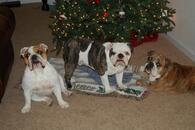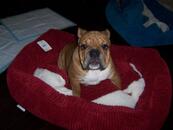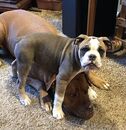Browniebits
New member
- Jun 20, 2014
- 31
- 1
- Thread Starter
- Thread starter
- #16
Thanks a bunch. Yeah price wasn't a factor, I was just curious about the hit to the pocket. $2000 isn't too bad, I've seen a lot worse
Sent from my LG-LS980 using Tapatalk
Sent from my LG-LS980 using Tapatalk




